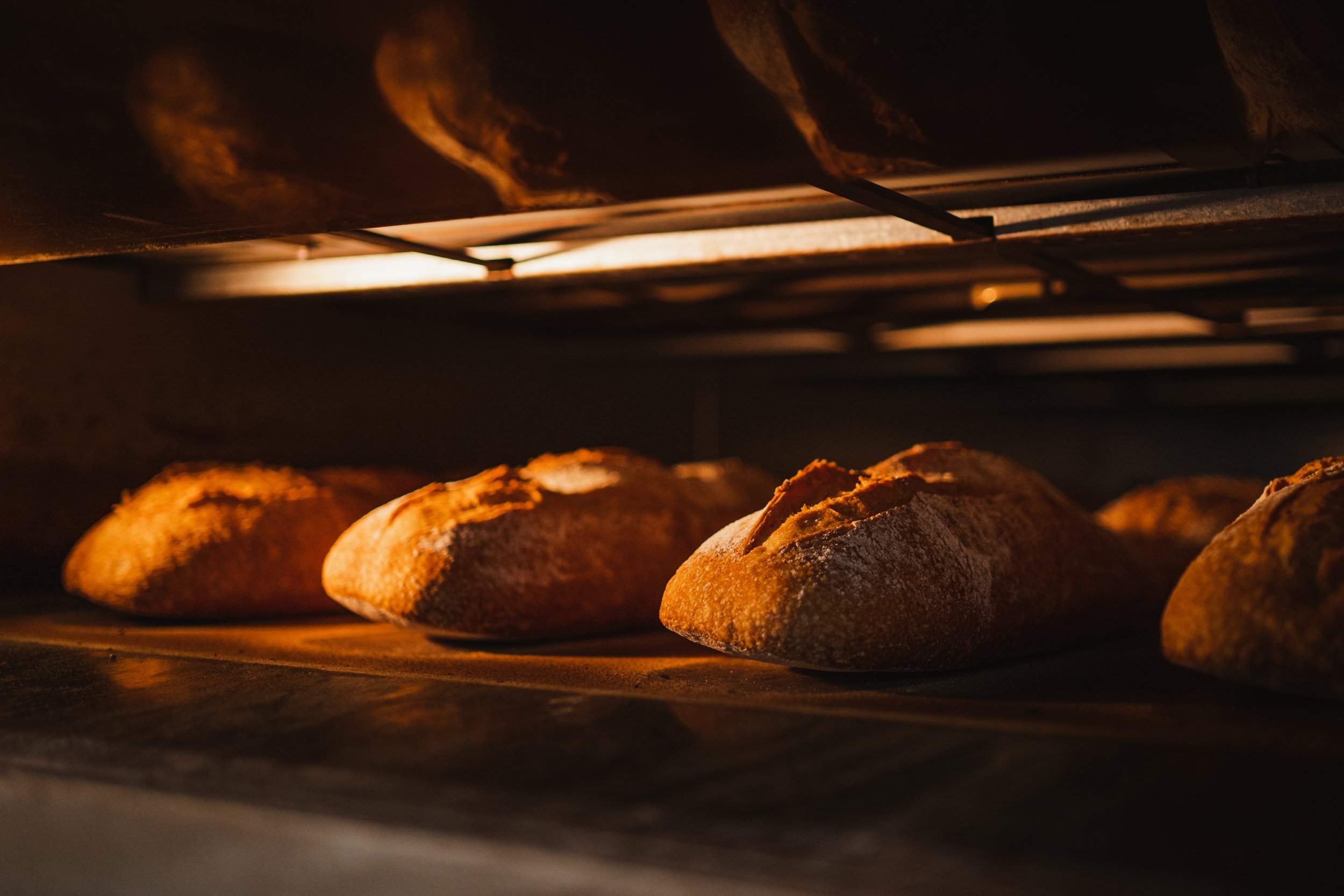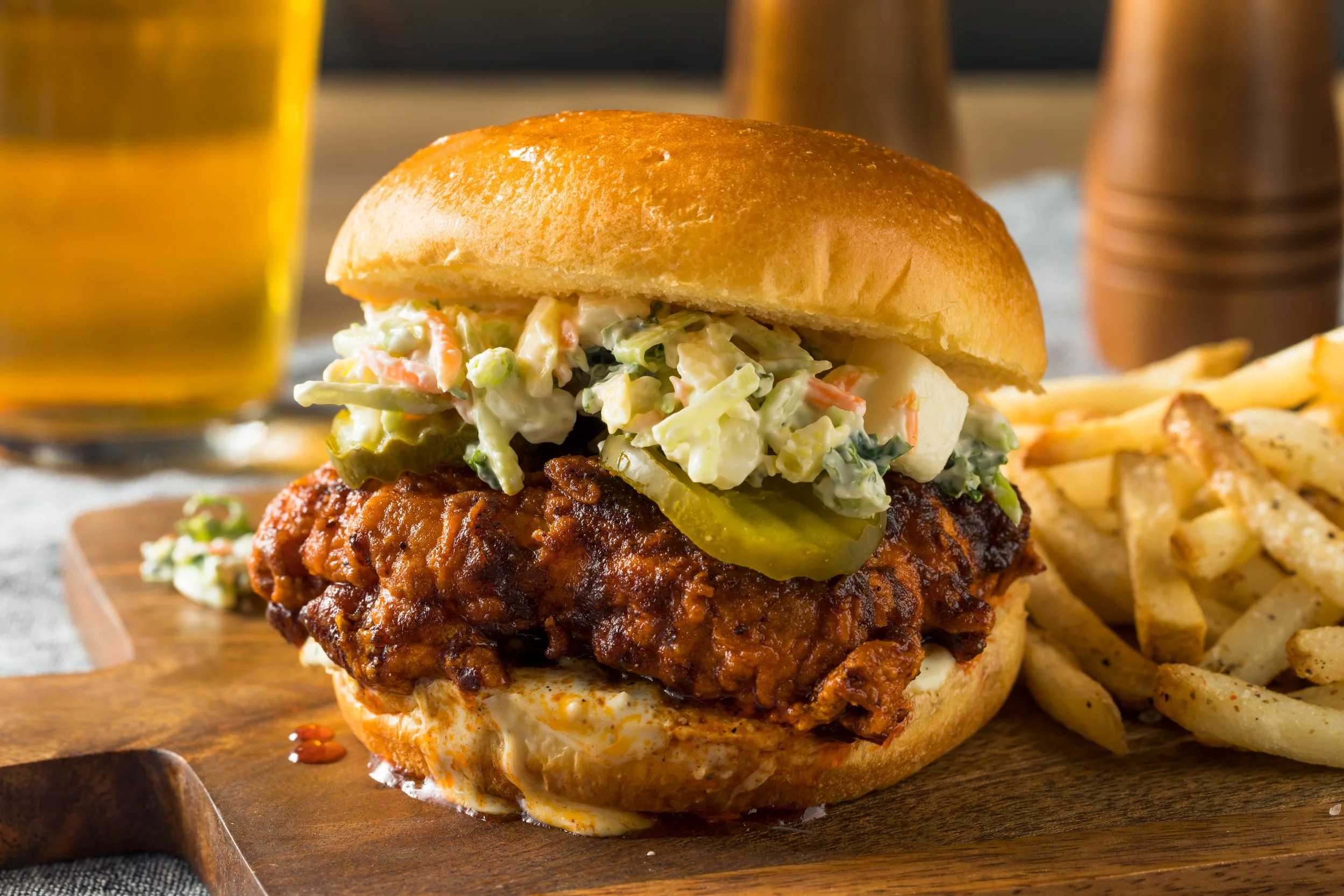
Case Studies
Tailored solutions to your unique business needs
At McClancy, we know each situation is unique and requires its own individual and PERSONALIZED APPROACH to create CUSTOMIZED SOLUTIONS that meet the needs of your business. Through our case studies, we hope we’ll inspire you to THINK DIFFERENTLY about your business, and together, we can continue to push the boundaries of food innovation to create a more flavorful future.
Innovation
About the customer:
QSR restaurant chain
800+ units
Challenge:
As the chicken sandwich craze only continues to grow, this restaurant saw an opportunity to enhance its menu by entering the chicken sandwich wars.
No Chicken Sandwich in the Pipeline: Product development needed to start from scratch. Pressure was high for a fast solution.
Fierce Competition: Late entry into the chicken wars meant the product needed to fill a missing profile in a market full of options.
Differentiation was Key: A desire for further differentiation meant the customer wanted a hand-breaded product that could be prepared and cooked within their existing back-of-the-house footprint.
Needed to Match Flavor Standards: To deliver a best-in-class, craveable product.
Market Pricing was Tight: The product needed to remain within a competitive range of price points to fit current menu pricing parameters and compete with other products in the market.
Solution Process:
McClancy knew the stakes were high and fully committed to the process, knowing it would take several iterations to dial-in the taste profile and necessitated a simple commercialization process.
Developed Product: McClancy conducted multiple cuttings, while also being transparent about the balance between taste considerations and operational complications that would add unnecessary costs.
Rapid Pipeline Fill: Once the product was finalized, we coordinated with the customer’s logistics and marketing teams to time the inventory build in our inventory, into the DC, and into the stores to coordinate with their media spend and marketing launch.
Result:
A seamless launch to the market! Our customer launched a product to the market that made them extremely competitive instantly… and unlike some Louisiana-based concepts, they never had to tell their customers they were out of stock.
The chicken sandwich added strong in incremental sales to the chain while increasing customer engagement and loyalty.
McClancy redefined the speed, communication, planning, and logistics standards used to bring products to the market.
Matching
About the customer:
Fast Casual restaurant chain
2,000 units nationally
Chicken-focused menu with high throughput
Challenge:
Frustrated with inconsistencies and the ability to keep up with demand, this chain was using a nationally branded salad dressing/dip. Despite repeated requests, the incumbent manufacturer was unwilling to be responsive to their needs.
Several Product Challenges: Expensive, incorrectly case sized for back of house preparation, inefficiently case sized causing unnecessary DC charges, single source supplied.
High Customer Affinity: The product was the gold standard and perceived high customer preference, so it was risky to change.
Leadership Skeptical of Redevelopment: Leadership believed a match would be difficult to achieve without customer dissatisfaction… So the stakes were high.
Solution Process:
The solution required a careful, systematic approach to creating a match, leveraging sensory experts, and optimizing the case pack and pouch size for easier prep and improved distribution costs.
Matched Product: Leveraging internal Culinary, R&D, and Sensory team.
Validated Customer Acceptance: Worked with external taste and sensory panels to validate an acceptable match.
Increased & Optimized Pouch Size: Reducing potential back-of-house labor.
Increased Case Weight: Reducing distributer fees assessed on a per case basis.
Became the Secondary Supplier: Reducing supply chain risk on an important core product.
Result:
Through partnership and collaboration, our customer increased profitability, decreased supply chain risk, and increased customer satisfaction and loyalty by improving operational execution and consistency.
After leveraging the creative and technical power of McClancy, our customer realized the untapped opportunity in customized product solutions.
Reformulation
About the customer:
Fast Casual concept
150+ units
Challenge:
The rapid growth and overnight success of the chain was creating supply chain constraints for their original, local suppliers. As their footprint grew, freight costs and product standardization became increasingly challenging, limiting growth potential and skyrocketing costs.
Existing Product Did Not Travel Well: Their breader was formulated as a wet slurry, frozen, and shipped in refrigerated trucks across their growing distribution network.
Frozen Freight Costs Compressing Margins: By shipping the product as a slurry, they were essentially shipping water, which decreased the bulk density of breader per load, resulting in more expensive refrigerated trucks and more expensive cold storage.
Thawing Time was a Nightmare: The frozen slurry needed 24 hours to thaw in the back of the restaurant. This required them to use guesswork to determine how much to thaw every night and frequently required rapidly thawing product if they ran short, sacrificing product consistency and increasing back-of-the-house waste.
Exact Match was Needed with a Different Product Format: We needed to make an indistinguishable match of the finished product while moving from a frozen slurry to a dry mix, adding water back of house.
Operations Back-of-House Needed to Change: We needed to make sure the new cooking process took into consideration the equipment, space, and capabilities of the restaurant and its staff. Additionally, it required updating both training materials and direct interaction with the product without any quality or consistency disruptions.
Solution Process:
Initially, we had to get the taste profile resolved perfectly. Once that was solved, we needed to address the supply chain and operational issues.
Match Product: Our highly experienced team matched the existing product’s taste and performance in less than five revisions.
Optimize Packaging to Operations: We then worked heavily with our customer’s Operations Team to correctly proportion and batch size our packaging to match the chicken case sizes and back-of-the-house equipment.
Streamline Supply Chain: We worked closely with our customer’s supply chain team to accurately time the product transition and phase into each distribution center without any disruptions, ensuring supply chain continuity
Result:
Together, we nailed it! The customer received a product that performed better, had a longer shelf life, was simpler to ship, easier to store, effortless to prepare, reduced waste, and was significantly less expensive. The customer saved several million dollars on material, logistics, and operational costs. Given the success of the program, we were immediately engaged to repeat the process for their chicken marinade.
Optimization
About the customer:
World-class, highly automated industrial bakery
Specializing in loaf blanks, cookies, muffins, and flatbread for QSRs
Challenge:
Batch inconsistencies from labor shortages created a consistent headache in need of a creative solution. Forced to use unexperienced employees, the bakery battled incorrect weighing, batching, and distribution of five highly functional and costly ingredients in their dough production. They needed a solution that would produce operational efficiency, ensuring the correct proportions of each functional ingredient were thoroughly mixed and evenly incorporated in every batch.
Increased Waste: Inconsistent incorporation of functional ingredients created substantial amounts of waste.
Inefficiencies with Slowed Production: Staff weighing partial portions of several functional ingredients increased the risk of error and was an inefficient use of labor.
Costly: Buying small amounts of functional ingredients was expensive, a burden for the supply chain team, caused a higher risk of cycle counting issues, and was a challenge to keep fresh.
Batch staging and weighing were highly manual: Each ingredient was measured by hand, and several partials were weighed of each ingredient.
Inadequate incorporation of functional materials: Leading to inconsistent product and high waste.
Solution Process:
By understanding the bakery's process, McClancy identified that the product formulation would have to match perfectly while also solving for the following operational challenges:
Batch sizing needed to match the run size: To maintain product integrity, we need to create a 1:1 ratio of cases of McClancy product used to the bakery’s lot sizes.
Homogenous Application: To avoid finished product inconsistencies McClancy’s blended product needed to be slowly and consistently applied throughout the pre-baking stage, matching exact formulation specifications.
Product Match: We engineered a custom blend of their functional ingredients, matching their existing specifications to ensure an exact match of their gold standard finished goods.
Finished Goods Lot Size: Once we understood how they planned to meter in the preblended functional ingredients, we devised a packaging type and a case size to meet their production requirements and lot sizes.









